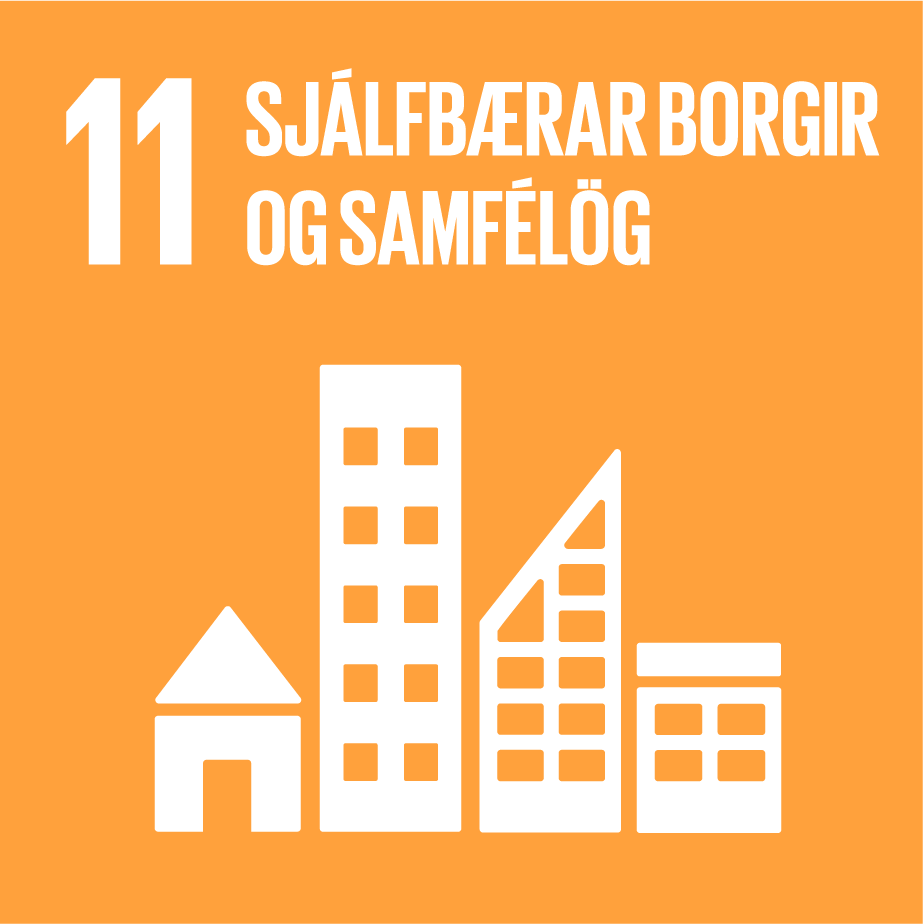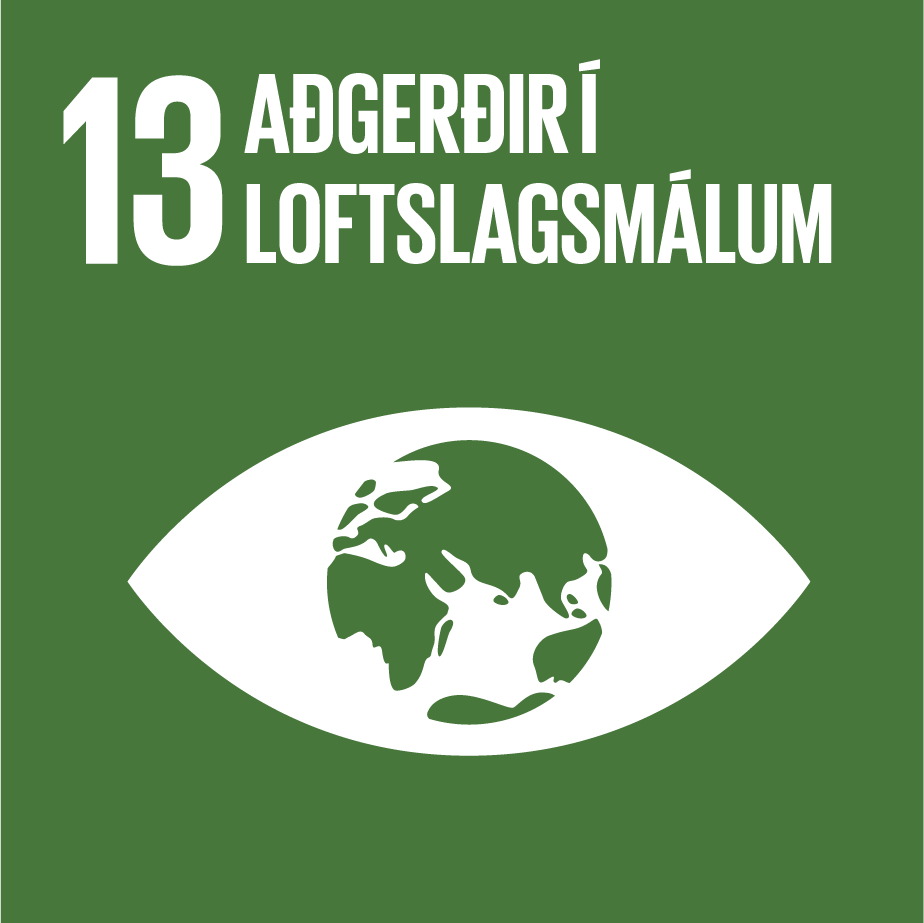It is estimated that the project as a whole will sequester around 400 tonnes of carbon in the ground, which amounts to an average driving of around 150 cars per year. In the same report, several ways of reclaiming wetlands in the area were proposed.
By damming or filling in drainage ditches, wetlands that were previously disturbed can be reclaimed and, in the process, the area can be developed as a nature reserve and outdoor recreation area. When the land gets wet again when the canals are closed, there are many changes that occur. Wetland vegetation replaces dryland vegetation and the composition of the birdlife changes, but the birdlife in Úlfársdalur is quite diverse.
The carbon farming of the area changes as a result of reclamation. When wetlands are drained and dried, as was done in Úlfarsárdalur, it starts to release carbon in the form of greenhouse gases, but when it is reclaimed, this process reverses and carbon sequestration begins anew.
When the City of Reykjavík had decided to launch the reclamation, a landscape designer at Verkís participated in the project with the aim of making the area more beautiful afterwards, among other things by designing ponds. Verkís worked on quantification and tender documents and supervised the construction.


